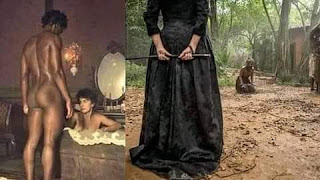THE BRUTAL EXECUTION OF LEONARD SIFFLEET
A photograph of the Japanese soldier Yasuno Chikao an instant before he strikes off Siffleet’s head was taken from the body of a Japanese casualty later in the war, 1943.
THE BRUTAL EXECUTION OF LEONARD SIFFLEET
Australian Special Forces radio operator Leonard Siffleet was sent on mission to Papua New Guinea to establish a coastwatching station. In September 1943, his patrol was sent to Japanese-held New Guinea, to recon the Japanese forces stationed there. But Siffleet and two other Australian soldiers were captured by local natives friendly to the Japanese and turned them over to the Japanese.
All three men were interrogated, tortured and confined for two weeks before being taken down to Aitape Beach on the afternoon of October 24, 1943. Bound and blindfolded, surrounded by Japanese and native onlookers, they were forced to the ground and executed by beheading, on the orders of Vice-Admiral Michiaki Kamada of the Imperial Japanese Navy.
The officer who executed Siffleet, Yasuno Chikao, detailed a private to photograph him in the act. At the end of the war, Chikao was captured, tried for war crimes and was sentenced to be hanged. But his sentence was commuted to 10 years imprisonment. He returned to Japan after serving his sentence.
The execution of prisoners by beheading was not an uncommon practice by the Japanese. Under the code of Bushido that the Japanese military conformed to, they believed that the act of beheading a captured enemy actually restored honor to the foe. Warriors were considered dishonored if they allowed themselves to be captured alive. In their eyes, this “dishonorable surrender” justified the terrible treatment captured Allied prisoners received at their hands.
The photograph of Siffleet’s execution was discovered on the body of a dead Japanese major near Hollandia by American troops in April 1944. It is believed to be the only surviving depiction of a western prisoner of war being executed by a Japanese soldier. Published in LIFE magazine, it became one of the war’s most iconic photos.
.jpeg)



Comments
Post a Comment